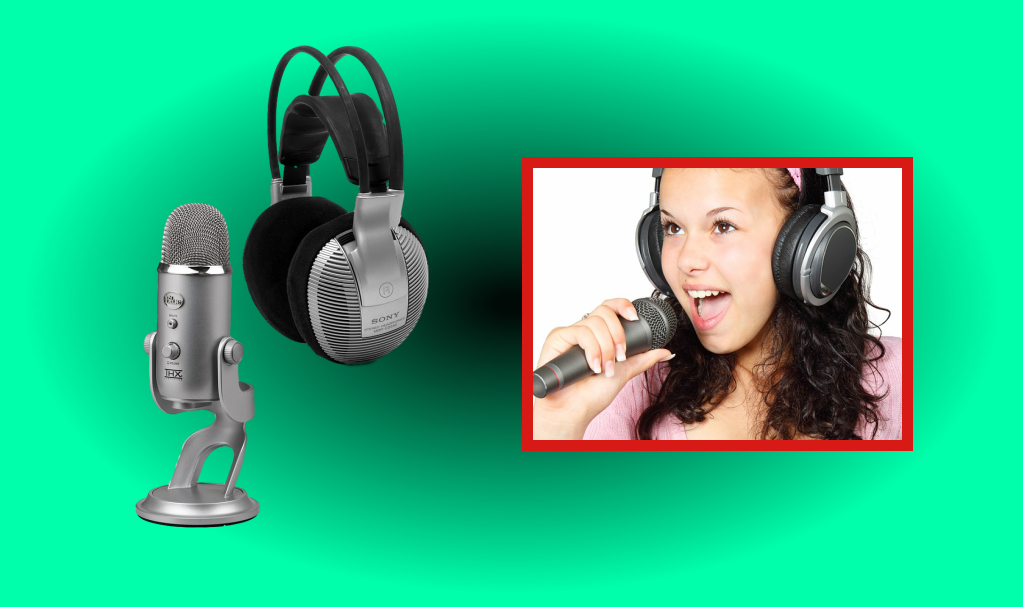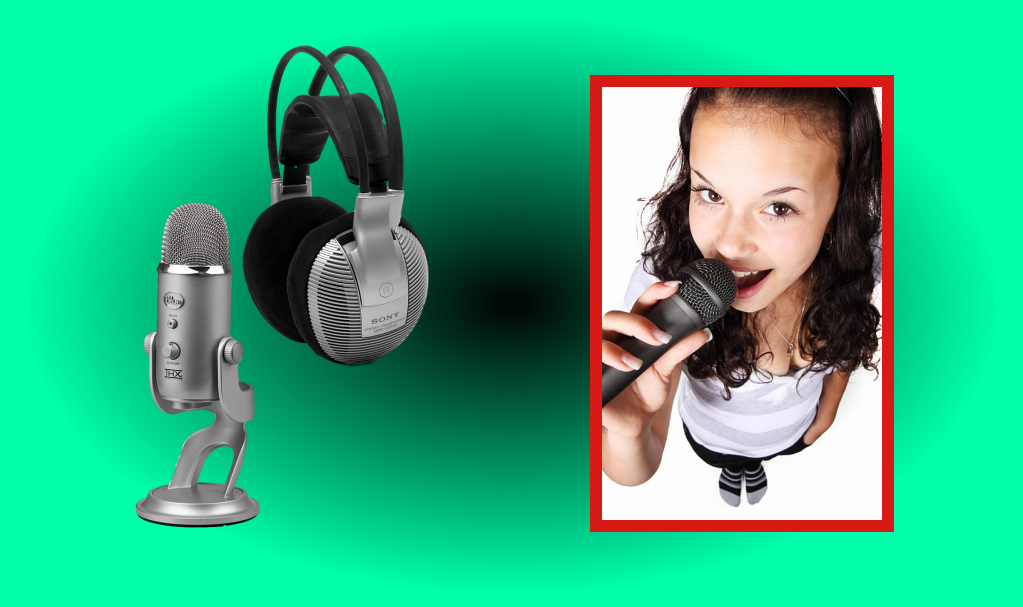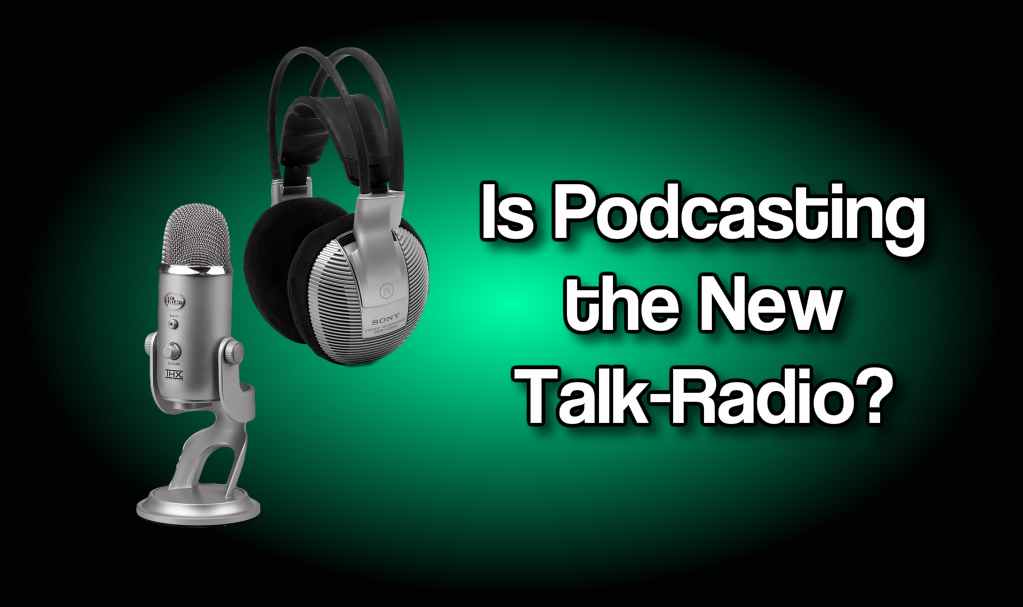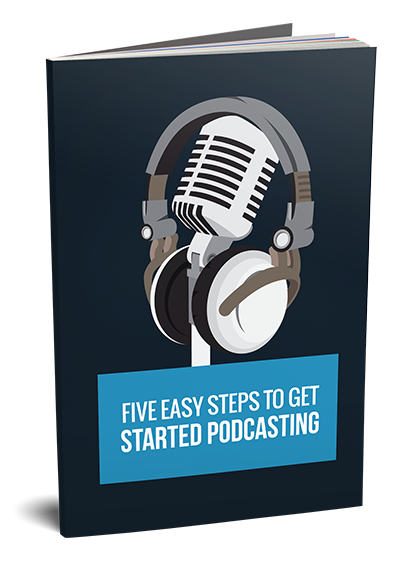Podcasting is a fantastic way to get your personality and your ideas out into the world. Thankfully, once you’ve overcome the initial time and monetary investments that go into equipment and planning, all you need is a little dedication and free time to get your show on the road.
The following is my straightforward guide to making a podcast. Keep in mind, however, that it’s intended to be more of a beginner’s guide than a shortcut to any sort of success. I’ll be giving a few suggestions on how to make your show sound great — both in terms of audio quality and content.
Podcasting equipment

Equipment is where you’re going to be investing the most money. Mics, headphones, and recording software are the basics you’ll need.
Recording Software
While you could opt for high-end recording programs such as Pro Tools, there are several reputable free options out there. The first, Audacity, is an open-source editing and recording program that’s compatible with most operating systems and works well for beginners. Acoustica Basic Edition is another free option, one that provides audio recording and editing within a well-designed interface.
USB Microphone(s)
In all reality, podcasters should consider purchasing an external microphone. USB mics, such as the CAD 37 and Fifine USB Plug & Play, plug directly into your computer and interface with your recording software, thus offering superior sound and greater flexibility than your computer’s built-in microphone.
Headphones
These don’t have to be all that fancy; all you need is a decent pair of headphones so you can hear yourself and any guests you might have on the show
Planning and Pre-production
Before you go about recording your first episode, you need to do a bit of planning and pre-production. The following are some of the factors to consider.
Theme
The rule of thumb here is to find a theme that you’re interested in and that will suit the goals of your show. The more passionate and knowledgeable you are about a topic or idea, the more fun you’ll have, which, will in turn, make your show more entertaining to listen to. It’s best, in the early stages, to be sure to stick to it, as it will keep you focused.
Episode length and format
How long do you want your podcast to be? Most podcasts don’t exceed 60 minutes as anything longer typically is too long for the average listener. Timing doesn’t need to be exact across all episodes, but it should be pretty much the same, consistency is important.

Script
Once you’ve chosen your theme and have a general idea for your show’s format, the next step is to script it. Even if you plan to go off the cuff and improvise your conversations, as most podcasts do, having a general outline to keep yourselves on track is a good idea. This is especially important if you’re going to have multiple segments during your show. Having a script or outline will make transitions between segments feel more natural and elegant, and will ensure you stay within your general time limit.
Scheduling
How often will your podcast air new episodes? Weekly or biweekly tends to be the norm for most shows, though others do air monthly or even less frequently than that.
Recording and editing
Once you’ve obtained the proper gear, and made your plans, you’re ready to begin recording. Afterward, you can move to post-production and editing.
Recording
This is where all your preparation and hard work comes to fruition. If you’re just starting out, don’t worry too much about executing the perfect show right off the bat. As we’ve previously discussed, there’s a lot to consider, both from technical and creative standpoints. Once your first recording is complete — presto! — you’ll have an audio file for your pilot episode. It’s not really a podcast until it’s online though.
Post-production
Post-production editing is key to nearly every podcast. Masterful editing takes time to learn, though, so don’t be concerned if you can’t pull off some of the more advanced procedures in the beginning. As far as basics go, you’ll want to ensure your vocal levels are roughly the same for each speaker and work on removing dead space between phrases. If you have other audio components, such as miscellaneous sound effects and background music, make sure those levels are low enough that you can still hear the speakers.
Uploading to a host site
Sadly, there’s really no point in a podcast if you don’t intend to share it with others. To do so, you must host your resulting audio file somewhere online, prior to linking to the file from elsewhere. There are numerous ways to go about hosting your podcast, though some are better than others. Websites like WordPress and Blogger provide a free and simple means for hosting audio files, but they’re limited in terms of flexibility and exhibit a general lack of control. QUESTiCAN Domains, though more complicated, offers more advanced features and a domain at a relatively low price point.
Distribution
Congratulations! After a little time, Apple will list your podcast in the iTunes Store and Google will add you to its podcast selection.
Social media
Your podcast needs listeners and social media networks provide a great way to connect with them. Post notifications to Facebook, Twitter, Instagram, Snapchat, and other networks whenever new podcast episodes become available, expanding the content with additional links and updates if there have been any new developments since your podcast initially aired. Use social media to maintain interest in your brand between episodes.
Repeat
There you have it. You are now a podcaster. Remember, podcasts are recurring media, so it’s time to get to work on episode two. Before you do, analyse what worked well and what could be improved.
[dynamic_date date_format=”F d\\, Y” before=”I%20have%20organized%20for%20an%20expert%20to%20run%20a%20webinar%20today%2C%20″ after=”%2C%20Click%20on%20the%20above%20book%20%22Five%20easy%20steps%20to%20get%20started%20Podcasting%22%20to%20register.%20″]

